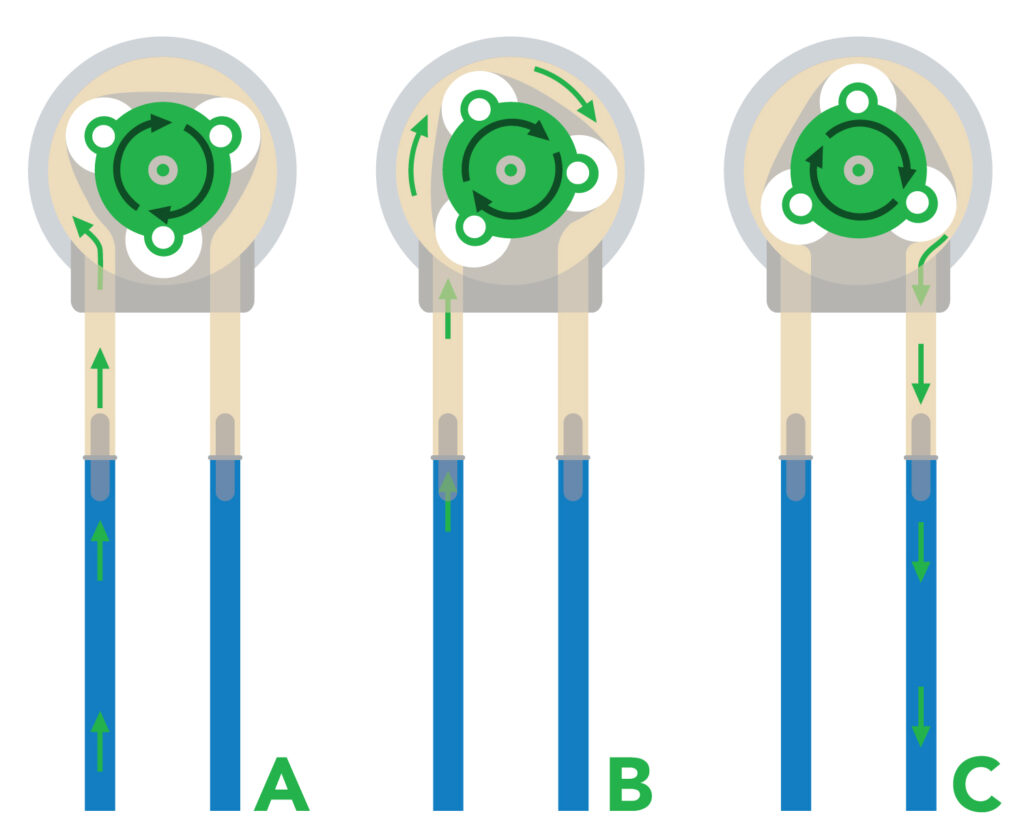
- Home
-
Products
- Peristaltic Pump
- OEM Peristaltic Pump
- Liquid Dispensing Filling System
- Fluid Customization Program
- Syringe Pump
- Other Types of Pumps
- Peristaltic Pump Tubing
- Chonry S (≤300mL/min)
- Chonry O (≤6000mL/min)
- Chonry L (≤12000mL/min)
- Chonry X (≤40000mL/min)
- Explosion-proof Peristaltic Pump
- IP65/66 Industrial Peristaltic Pump
- Peristaltic Pump Head
- Peristaltic Pump Accessories
Peristaltic PumpHigh-Precision Peristaltic Pump. Multi-channel Pump. High IP Grade Peristaltic Pump.
OEM Peristaltic PumpIntergrated into system for liquid dosing/dispensing/vending/filling. Compact Size.
Liquid Dispensing Filling SystemIntelligent liquid dispensing filling system. Vaccine, pharmaceutical reagents filling.
Fluid Customization ProgramHandle water sampling pump. Semi-automatic liquid filling machine.
Syringe PumpHigh-accuracy infusion syringe pump. Microfluid injection.
Other Types of PumpsGP3000FC Smart micro gear peristaltic pump
Peristaltic Pump TubingProvide peristaltic pump tubing options, such as platinum vulcanized silicone hose, the hose for cell research, etc.
-
Application
-
Service Support
-
News
- About Us
- Contact Us













